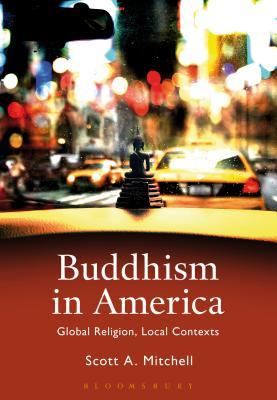Buddhism in America provides the most comprehensive and up to date survey of the diverse landscape of US Buddhist traditions, their history and development, and current methodological trends in the study of Buddhism in the West, located within the translocal flow of global Buddhist culture.
Divided into three parts (Histories; Traditions; Frames), this introduction traces Buddhism's history and encounter with North American culture, charts the landscape of US Buddhist communities, and engages current methodological and theoretical developments in the field. The volume includes: - A short introduction to Buddhism- A historical survey from the 19th century to the present
- Coverage of contemporary US Buddhist communities, including Theravada, Mahayana, and Vajrayana Theoretical and methodological issues and debates covered include: - Social, political and environmental engagement
- Race, feminist, and queer theories of Buddhism
- Secular Buddhism, digital Buddhism, and modernity
- Popular culture, media, and the arts Pedagogical tools include chapter summaries, discussion questions, images and maps, a glossary, and case studies. The book's website provides recommended further resources including websites, books and films, organized by chapter. With individual chapters which can stand on their own and be assigned out of sequence, Buddhism in America is the ideal resource for courses on Buddhism in America, American Religious History, and Introduction to Buddhism.
